National Agricultural Industrial Hygiene Laboratory (NAIHL)
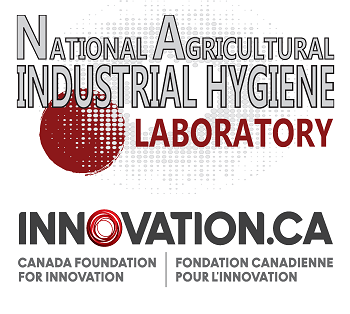
The NAIHL laboratory gives the Canadian Centre for Rural and Agricultural Health the capacity to study the health and safety of workers and others exposed to the risks of modern agricultural production and other rural exposures. Through NAIHL, CCRAH can conduct research and outreach in agricultural and rural health that is innovative and broad, bridging the entire spectrum of research from basic science all the way to the study of populations and the exposures and health issues that affect them. NAIHL represents a number of interrelated laboratories working together at CCRAH to accomplish this work, including:
- Rural Health and Agricultural Injury Control Laboratory
- Omics Laboratory
- Occupational Hygiene and Environmental Exposure Laboratory
- Biomechanics and Ergonomics Laboratory
- Rural Dementia Laboratory
- Rural Access to Care Laboratory
- Health and Safety Outreach Laboratory
- Commercialization and Innovation Laboratory
- Rural Wellness Communications Laboratory
The combination of these facilities in one location is an innovative and comprehensive concept for agricultural and rural health and safety that will lead to new ways to address and solve the health and safety problem of agricultural and rural peoples.
Interested in working with our Faculty or Facilities?
NAIHL Research Laboratories
Respiratory and Epidemiology labs
The facilities at CCRAH include a respiratory testing lab and an epidemiology lab. Though the use of these labs and other facilities within CCRAH, we have been able to conduct a number of Rural Lung Health Studies.
The respiratory lab allows for in-person testing of lung function, skin-prick testing, etc as well as storage of our equipment and samples. This includes a number of spirometers (Easyone, Easy on, and dry rolling seal spirometers) and ApneaLink type III home sleep testing devices. While the lab is designed to allow for testing in house, CCRAH also has clinical testing rooms available for data collection. The equipment is also used for testing and data collection in the field. The respiratory lab is the home location for a number of projects including some of our provincial rural health studies, First Nations Lung Health studies, and international respiratory work.
The epidemiology lab includes six workstations that can be used by students and research staff. Each station is equipped with a computer with statistical software. The lab also has a meeting and learning area. Within the epidemiology lab, we are able to conduct remote data collection, store and manage data, and conduct analyses. It can also be used to prepare dissemination materials. Within this lab, a number of data sources are used including from primary data collection and large administrative databases. This can include clinical to population-based data as well as cross-sectional and longitudinal data. While much of our research within the epidemiology lab is based on investigations of respiratory health, we also have work focused on diabetes, cancer, mental health, and other conditions.
Faculty Lead(s): Joshua Lawson and Donna Rennie
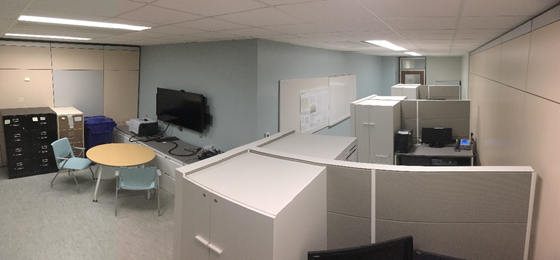
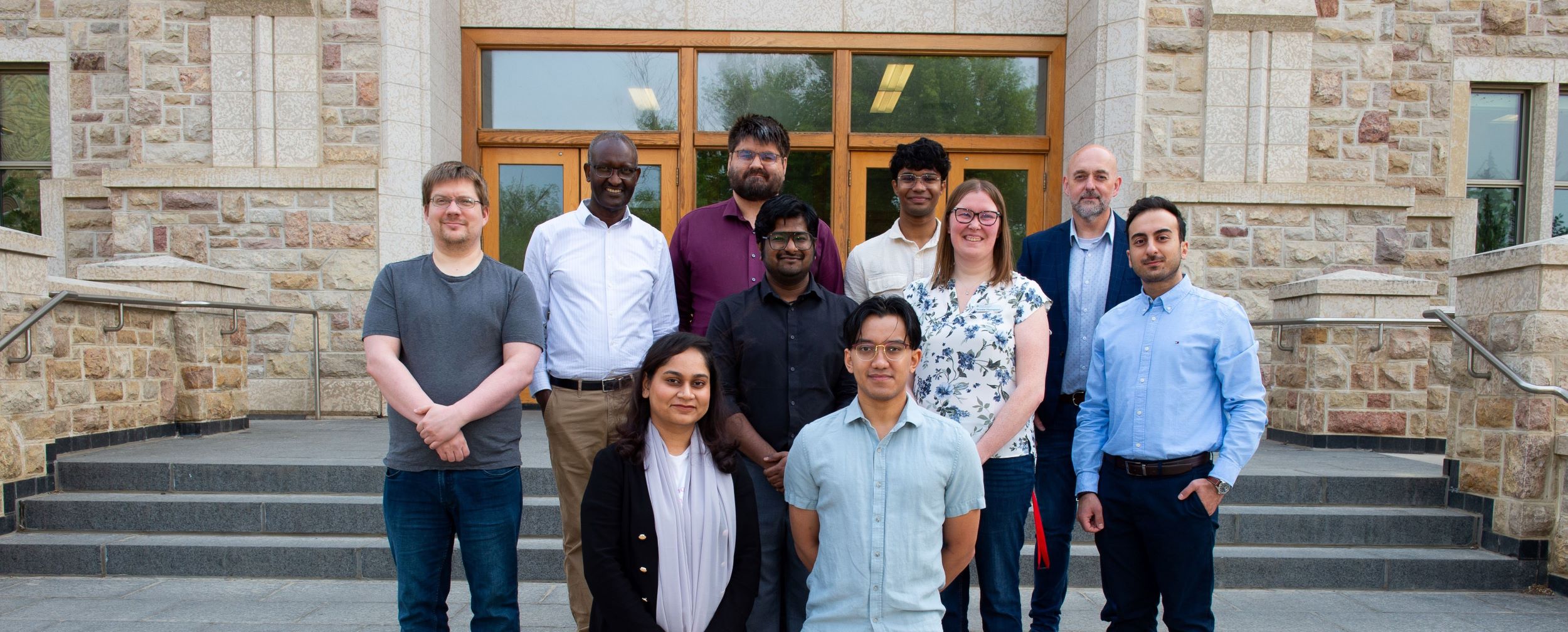
Mass Spectrometry Laboratory for Omics Research
The Mass Spectrometry Laboratory for Omics Research at the College of Medicine, University of Saskatchewan is part of National Agricultural Industrial Hygiene Laboratory (NAIHL) and uses state of the art mass spectrometry instrumentation for innovative research in proteomics, metabolomics, and lipidomics, and provides customized services to academia and industry.
The lab focuses in biomarker analysis (identification, characterization, and validation), structural characterization of proteins (e.g. protein-protein interactions, post-translational modifications of proteins), and untargeted and targeted, qualitative and quantitative proteomics, metabolomics, and lipidomics for clinical, environmental, agricultural, and rural and occupational health applications.
Faculty Lead(s): George Katselis
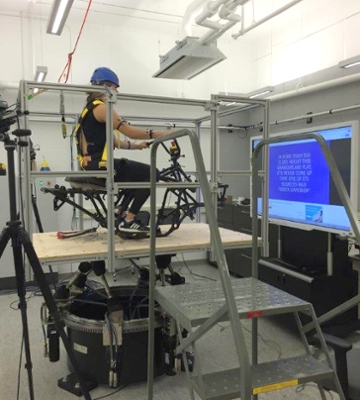
Shoulder Health and Ergonomics Research Laboratory
The vision of the SHER Lab is to improve musculoskeletal health and quality of life of people around the world, but with a focus on Saskatchewan. Our goal is to understand how movement and biomechanics are related to injury, musculoskeletal health, and work. We intend to develop robust methods for measurement and analysis in the lab, field, and clinic to comprehensively define motion, particularly of the upper limb, across acute and chronic musculoskeletal conditions.
The overall intended contribution of the lab is to improve health through enhanced understanding and application of ergonomic, return-to-work, and rehabilitation interventions.
The Shoulder Health and Ergonomics Research Laboratory (SHER Lab) is part of the CFI-funded National Agricultural Industrial Hygiene Laboratory (NAIHL) located on the first floor of the new Health Sciences E-wing extension within the Canadian Centre for Rural and Agricultural Health. Since moving to the new facilities in Autumn 2013, we have commissioned and outfitted our 70m2 CFI-funded Laboratory to house both lab-based and field-based equipment. The Ergo Lab serves and a base for field work and processing of field measurements. The lab also contains a substantial array of state-of-the-art measurement and simulation equipment appropriate for occupational exposure assessment, movement analysis, and ergonomic measurements.
Faculty Lead: Angelica Lang
Equipment and tolls available:
- 10 camera VICON 3-dimensional motion capture system (T40-S)
- 1 Bonita camera (720C)
- 64 channel analog to digital (A/D) interface unit (Vicon Motion Systems, Oxford, UK
For more information on the Ergonomics Lab: check out the SHER Lab website
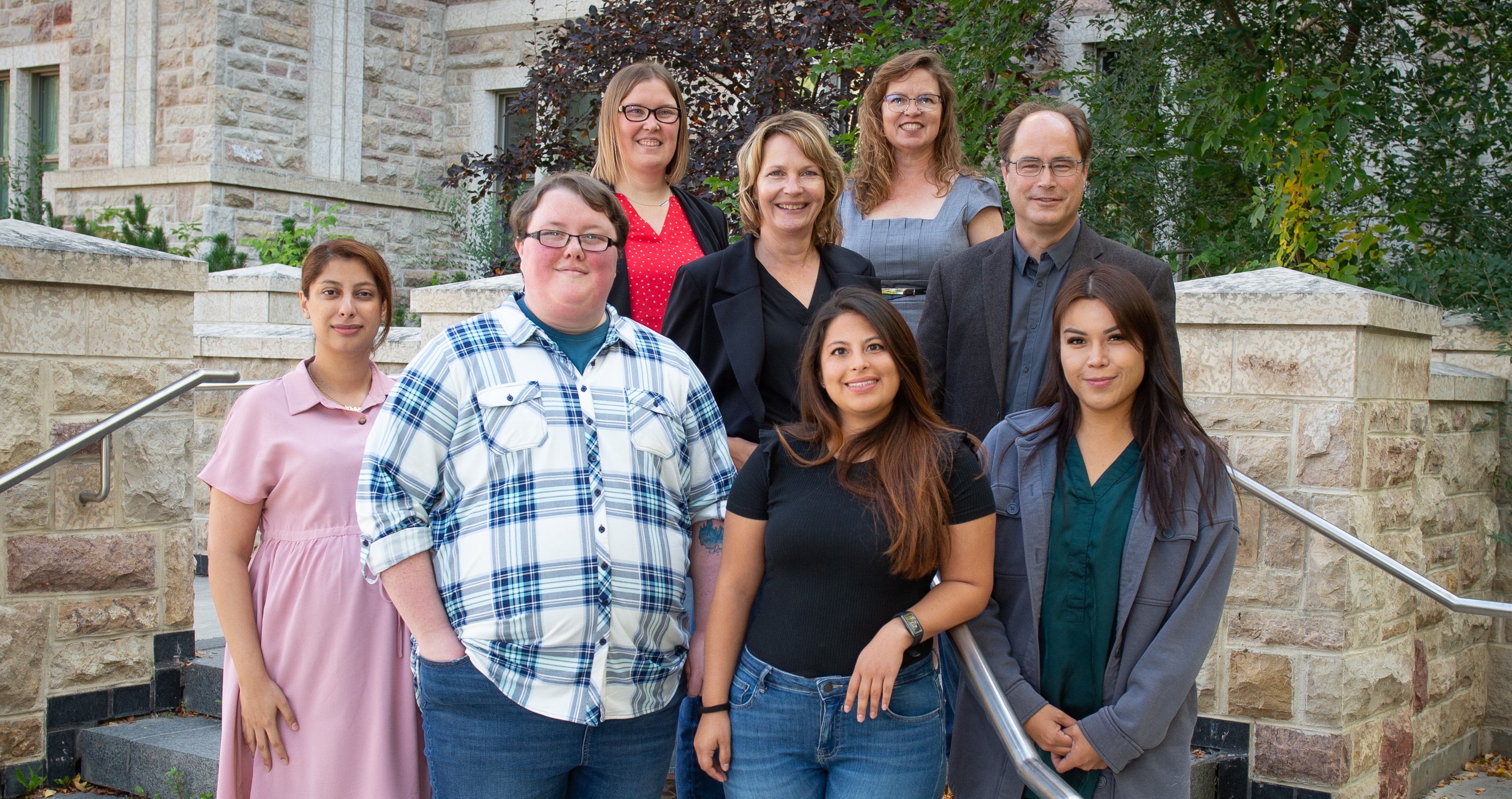
The Occupational Hygiene and Health Laboratory
The Occupational Hygiene and Health (OHH) Laboratory focuses on occupational hygiene which maintains workplace health and safety by identifying, evaluating, and controlling exposure to chemical, physical, ergonomic and biological hazards to reduce stresses on the worker and implement control measures that will reduce the incidences of impaired health and sickness in agriculture and other rural based industries and populations. The OHH facilitates both field work and processing of field samples. The laboratories are equipped with state-of-the-art sample collection and analysis equipment appropriate for assessing a vast array of physical, chemical and biological exposures.
-
- Human Exposure Laboratory
- Animal Exposure Laboratory
Faculty Lead(s): Shelley Kirychuk and Niels Koehncke
For more information on the OHH Lab: contact: Brooke Thompson
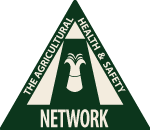
Agricultural Health and Safety Network
The Canadian Centre for Rural and Agricultural Health partnered with the Saskatchewan Association of Rural Municipalities (SARM) and six Rural Municipalities in 1988 and founded the Agricultural Health and Safety Network (AHSN) with the mission “to improve health and safety on the farm through education, service, and evaluation research.” Over the last 25 years, the Network has steadily increased to 219 RMs including over 27,000 Saskatchewan farm families.
Faculty Lead(s): Niels Koehncke and Shelley Kirychuk
Equipment and tools available:- Portable and volumetric spirometry capacity
- Portacount quantitative fit test
- Portable audiometer
- Audiometric booth (in-house)
- Health screening equipment
- Hearing Protection Fit Testing Equipment
- KT display materials and posters for on-site presentations
- Confidential medical file storage capacity through the Occupational Medicine Clinic (U of S, CCHSA)

Rural Dementia Action Research (RaDAR)
The Rural Dementia Action Research website was initially created to support the research initiatives of members of a New Emerging Team grant (2003-2009) funded by the Canadian Institutes of Health Research (CIHR). Funding through an Applied Chair in Health Services and Policy Research (2009-2015) from CIHR and the Saskatchewan Health Research Foundation (SHRF) allowed the research team at the University of Saskatchewan to build on the momentum gained during the previous years. Current funding from both the Canadian Consortium on Neurodegeneration in Aging [CCNA] (2014-2019) and SHRF, and a CIHR Foundation Grant (2016-2023) supports our research activities. This funding supports our research activities and projects with research partners in other regions in Canada and internationally. A growing area of need in the current health care system, rural dementia care is demanding the attention of health care providers, researchers, and policy makers.
Faculty Lead(s): Debra Morgan
Specific equipment/tools:
- A private exam room [1309], with a motorized hi-lo exam table to allow easy access for mobility-reduced patients/participants, and typical physical exam tools.
- Assessment rooms [1306/1308] with a closed-circuit camera/audio observation system– allowing trainee assessors to be supervised, or assessments to be observed without interruption by supervisors/senior clinicians. The system can be disabled for privacy if desired in the room.
- All rooms (except 1306/1308) are equipped with at least one Usask-managed computer.
- Large, wall-mounted computer with web-cam and usb speakerphone at table-level to facilitate team-meeting style web conferencing in team meeting room [1302].
- MFP machine with fax capabilities
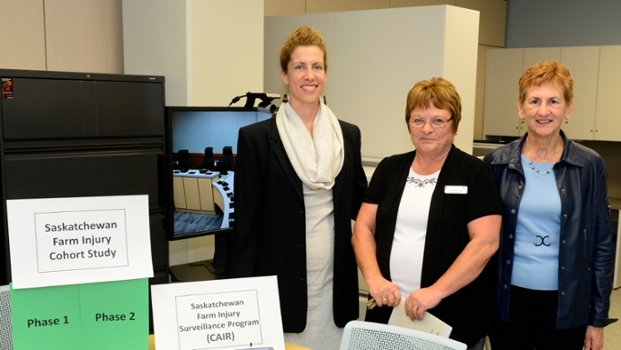
Saskatchewan Farm Injury Study
Agriculture has been and continues to be a staple of the Canadian economy. In Saskatchewan farmers and their families represent over 10% of the provincial population. Farm workers and their family members in Saskatchewan and Canada as a whole experience a high rate of acute traumatic injury associated with farm work and the farm environment (Canadian Agricultural Injury Reporting). In Saskatchewan, the family farm continues to be the predominant model for farm operations making the farm unique as an industrial workplace in that people both live and work at the worksite. This research was undertaken with the long-term goal of informing the development of targeted interventions aimed at reducing the frequency and severity of farming-related injuries.
Faculty Lead(s): James Dosman and Punam Pahwa
Aboriginal Lung Health Study
Study Questionnaires
1) CIHR Injury Studies (Appendix 1)
2) CIHR Rural Health Study (Appendix 2)
3) CIHR First Nations Sleep and Health Study (Appendix 3)
Saskatchewan Farm Fatality Research
CCRAH collects farm fatality data from Saskatchewan as part of a national agricultural injury reporting program on an ongoing basis (CAIR – Canadian Agricultural Injury Reporting). This study collects comprehensive information on fatal farm injuries in Saskatchewan and reports on patterns of injury using data from the Provincial Coroner’s Office and the Ministry of Labour Relations and Workplace Safety. Fatal Farm Injuries in Saskatchewan 1990 TO 2019 (30 years).
Contact Us: Niels Koehncke
A state-of-the art Tele-transmission Laboratory provides a core facility to enhance communication between scientists and groups of scientists located at participating universities across Canada. This lab facilitates communications not only between The Centre's scientists and colleagues across the country, but on a bilateral or multi-lateral basis between various researchers, teachers, trainees and stakeholders across the country. The cost of establishing this personal, but distance communications capacity is more than offsetting, in short order, the real cost equivalent of bringing the Centre Network partners together frequently for in-person meeting. As noted previously, one of Centre's fortes is its collaborative and synergizing mission, which has developed over time through regular communication. This capacity-building lab will further enhance this experience, and allow multi-member links with international experts, collaborators, or governmental agencies.
This Laboratory is utilized by all faculty.
Equipment and tools available:
- Three large wall mounted monitors that can display same or independent output from a variety of sources
- soundproof door/room, and blackout blind system
- input options to connect to guest laptops or built-in computer, and display output on monitors via wired and wireless connection options
- Two, adjustable, Video-Conference cameras connected to Cisco controller for Video Conferencing AND hardware to convert output to WebCam feed for Web Conferencing from room
- Meeting room table has microphone at each seat for up to 10 participants, and wired connections for power and network.
This Laboratory is the experimental home of the Centre's business arm, CANWORKSAFE® that is currently providing occupational health services for agriculture and related industries in two Western Provinces. CANWORKSAFE® operates on a commercial basis and is experimenting with cost-effective means of servicing the needs of workers over large sparsely populated geographic areas. The Commercialization-Innovation Laboratory houses multiple private sector personnel for the purpose of learning, adapting products and working in collaboration to effect seamless transition between knowledge development and commercial activity. The Laboratory is modular, thereby fostering versatility in work space and environment for private sector organizations developing and/or testing potential products and services. The housing within the CCRAH Centre of this unit is dramatically reducing the turn-around time for commercialization of findings which is benefiting the health of Canada's rural producers, workers, and their families, and this represents a new and important concept in Canadian (or international) resesarch.
This Laboratory is utilized by all faculty.

